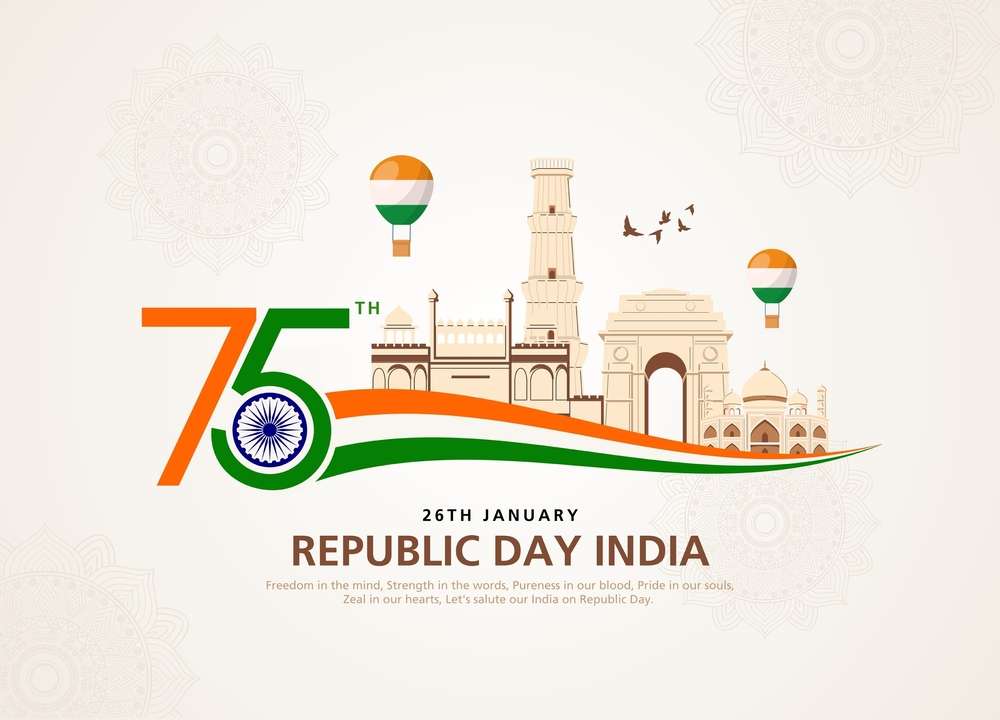India, a land of diverse cultures and rich traditions, is renowned for its vibrant handicrafts. Each region in India boasts its unique style of craftsmanship, which has been passed down through generations. These handicrafts not only reflect the country’s cultural heritage but also showcase the incredible skill and creativity of its artisans. This article explores the colorful world of Indian handicrafts, highlighting some of the most famous crafts from different regions.
The Timeless Beauty of Indian Handicrafts
Indian handicrafts have a timeless appeal, with each piece telling a story of tradition, culture, and artistic expression. From intricate embroidery to exquisite pottery, the variety and richness of Indian handicrafts are unparalleled. These crafts are not just a means of livelihood for many artisans but also a way to preserve and celebrate India’s cultural diversity.
The North: A Tapestry of Heritage
Kashmiri Carpets and Shawls
Kashmir, often referred to as “Paradise on Earth,” is famous for its stunning carpets and shawls. Kashmiri carpets, known as “Kaleen,” are handwoven using wool, silk, or a blend of both. These carpets are renowned for their intricate designs, which often feature floral patterns and paisley motifs. The region is also famous for its Pashmina shawls, made from the fine wool of Pashmina goats. These shawls are soft, lightweight, and known for their delicate embroidery and vibrant colors.
INDIAN VISA FOR NEW ZEALAND CITIZENS
Phulkari Embroidery
Punjab is home to the vibrant art of Phulkari embroidery, which means “flower work.” This traditional craft involves intricate embroidery done with colorful silk threads on coarse cotton fabric. Phulkari is used to create beautiful shawls, dupattas (long scarves), and others (veils). The motifs often include floral patterns, geometric shapes, and traditional symbols, reflecting the rich cultural heritage of Punjab.
Blue Pottery of Jaipur
Jaipur, the capital city of Rajasthan, is known for its distinctive blue pottery. This unique craft, characterized by its cobalt blue color, is made from a special type of clay and decorated with floral and geometric patterns. Blue pottery items include vases, plates, bowls, and decorative tiles. The craft is believed to have originated in Persia and was introduced to India during the Mughal era.
The East: A Blend of Tradition and Innovation
Pattachitra Paintings
Odisha and West Bengal are renowned for their Pattachitra paintings, a traditional art form that dates back to ancient times. Pattachitra, meaning “cloth painting,” involves intricate depictions of mythological stories, religious themes, and folk tales. These paintings are done on cloth or dried palm leaves using natural colors and are known for their detailed and elaborate designs.
Dokra Metal Craft
Dokra is an ancient metal casting technique that has been practiced in the tribal regions of Odisha, West Bengal, and Chhattisgarh for over 4,000 years. This craft involves the use of the lost-wax casting method to create intricate sculptures, jewelry, and decorative items. Dokra artifacts are characterized by their rustic charm and ethnic appeal, often depicting tribal deities, animals, and everyday scenes.
Baluchari Saris
The Baluchari sari is a traditional handwoven sari from the Murshidabad district of West Bengal. These saris are known for their rich and intricate designs, often featuring scenes from Indian mythology and epics. The elaborate pallu (the end piece of the sari) is adorned with detailed motifs and patterns, making Baluchari saris a symbol of elegance and cultural heritage.
The West: A Symphony of Colors
Bandhani and Leheriya
Gujarat and Rajasthan are famous for their tie-dye textiles, known as Bandhani and Leheriya. Bandhani involves tying small sections of fabric with thread and then dyeing it to create intricate patterns of dots and circles. Leheriya, on the other hand, features wave-like patterns created by rolling and tying the fabric before dyeing. Both these crafts result in vibrant and colorful textiles that are used to make saris, turbans, and dupattas.
Warli Paintings
Warli painting is a tribal art form practiced by the Warli tribe in Maharashtra. These paintings are created using simple geometric shapes such as circles, triangles, and lines to depict scenes from daily life, nature, and rituals. Traditionally done on mud walls, Warli paintings are now also created on paper and canvas, making them a popular form of contemporary art.
Rajasthani Miniature Paintings
Rajasthan is famous for its miniature paintings, which are known for their intricate details and vibrant colors. These paintings often depict scenes from mythology, royal courts, and nature. The Mughal and Rajput styles are the most prominent, with each style having its distinctive features and techniques. Rajasthani miniature paintings are created using natural colors and fine brushes, making them a true testament to the skill and precision of the artisans.
The South: A Treasure Trove of Craftsmanship
Tanjore Paintings
Tanjore paintings, also known as Thanjavur paintings, originate from Tamil Nadu and are characterized by their rich colors, surface richness, and compact composition. These paintings typically depict Hindu gods and goddesses and are adorned with gold foil, which gives them a three-dimensional effect. Tanjore paintings are highly valued for their artistic and religious significance.
Mysore Silk
Karnataka, particularly the city of Mysore, is famous for its luxurious silk saris. Mysore silk saris are known for their rich texture, vibrant colors, and intricate zari (gold thread) work. These saris are made from pure silk and are highly prized for their elegance and craftsmanship. The art of silk weaving in Mysore has a long history and continues to be an important part of the region’s cultural heritage.
INDIAN VISA FOR SWISS CITIZENS
Kalamkari
Kalamkari, meaning “pen work,” is a traditional art form from Andhra Pradesh and Telangana that involves hand painting or block-printing on fabric. This craft is known for its intricate and detailed designs, which often depict mythological stories, religious themes, and nature. Kalamkari uses natural dyes and a meticulous process to create beautiful textiles that are used for saris, wall hangings, and clothing.
Conclusion
The colorful world of Indian handicrafts is a testament to the country’s rich cultural heritage and the incredible skill of its artisans. From the intricate weaves of Tamil Nadu to the vibrant paintings of Rajasthan and the delicate embroidery of Punjab, each region offers a unique glimpse into India’s diverse traditions and artistic expressions. These handicrafts not only serve as a means of livelihood for millions of artisans but also play a crucial role in preserving and celebrating India’s cultural legacy. Exploring the world of Indian handicrafts is a journey through history, culture, and creativity, offering a deeper appreciation of the artistry and craftsmanship that define this incredible country.
Read more: A Journey Through India’s Spiritual Heartland: Varanasi



